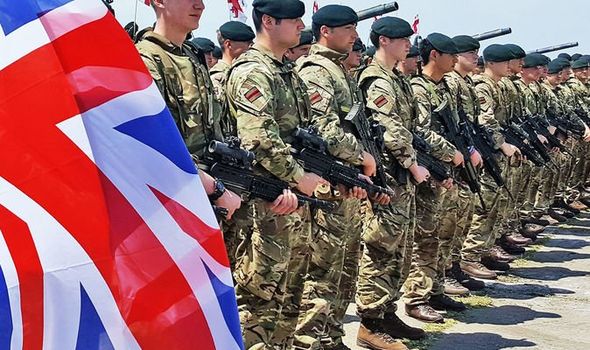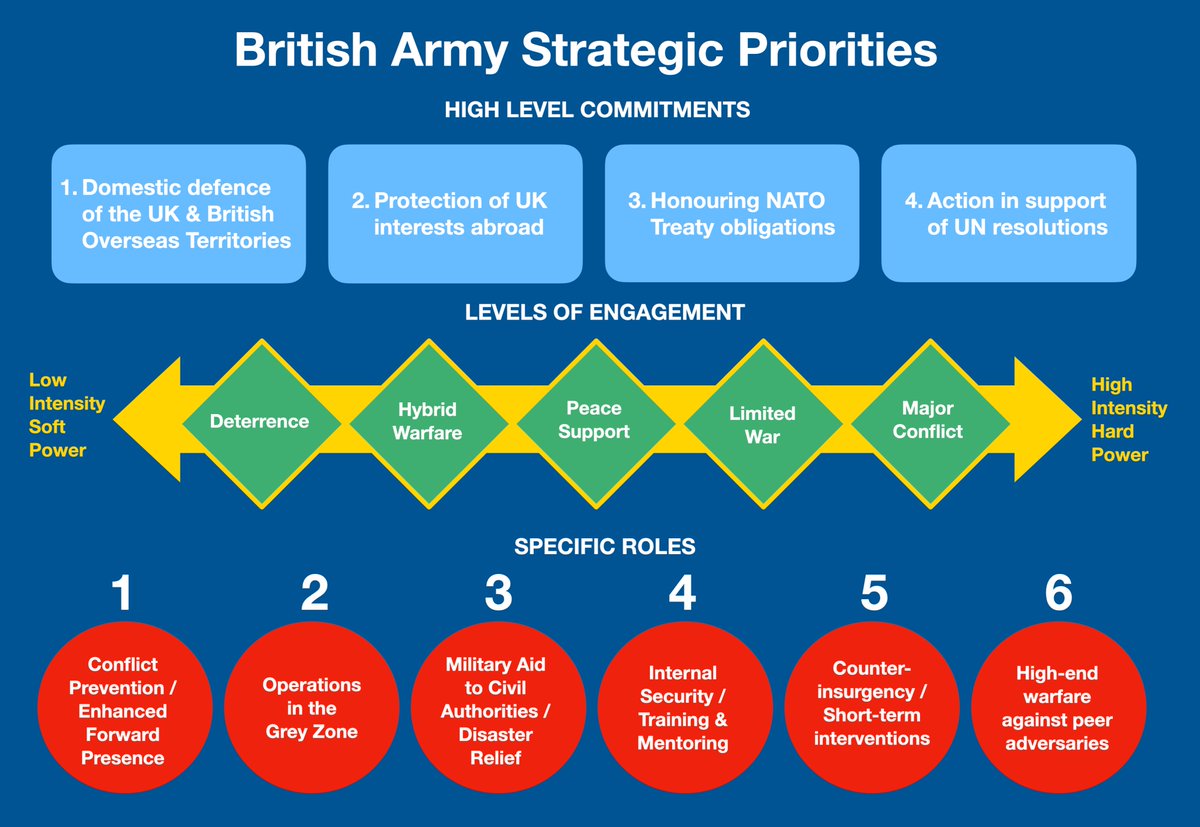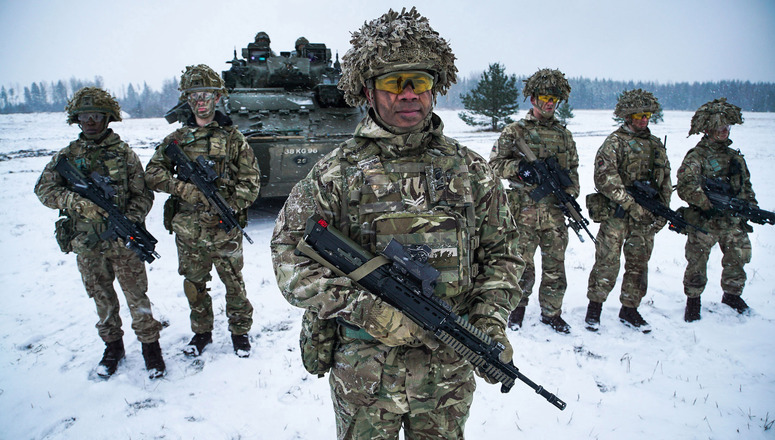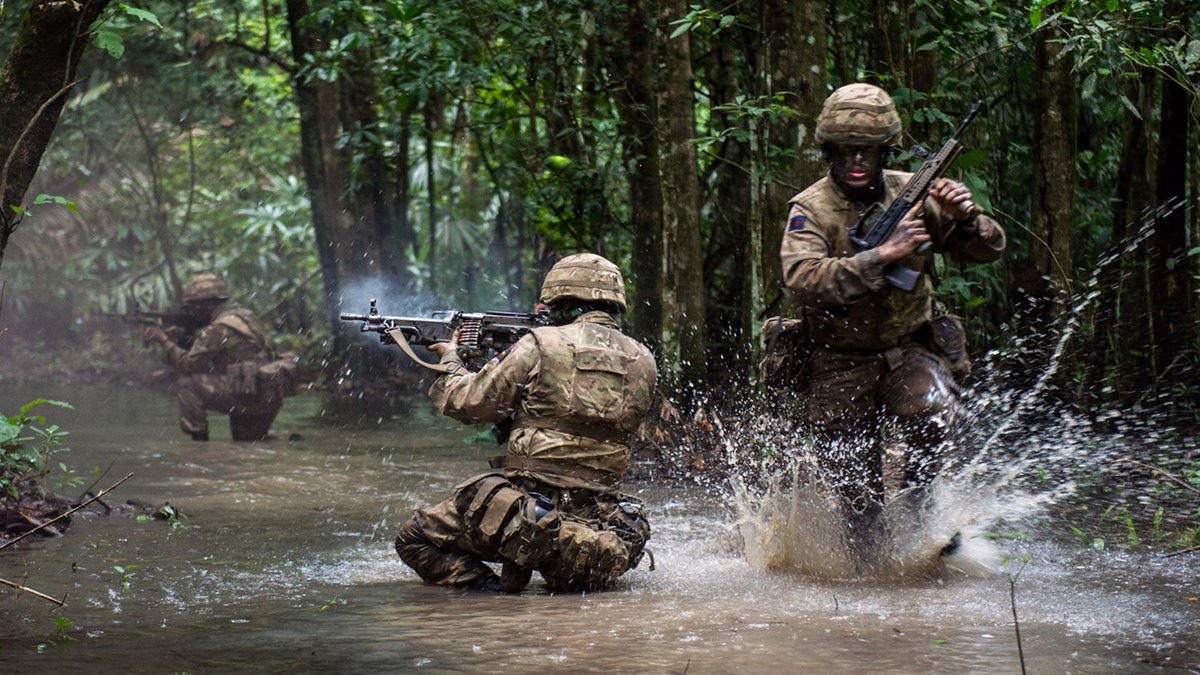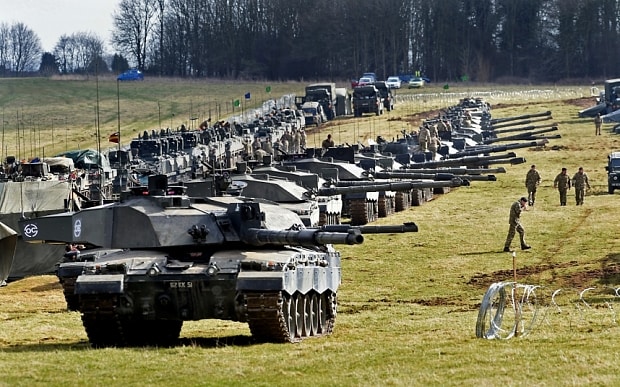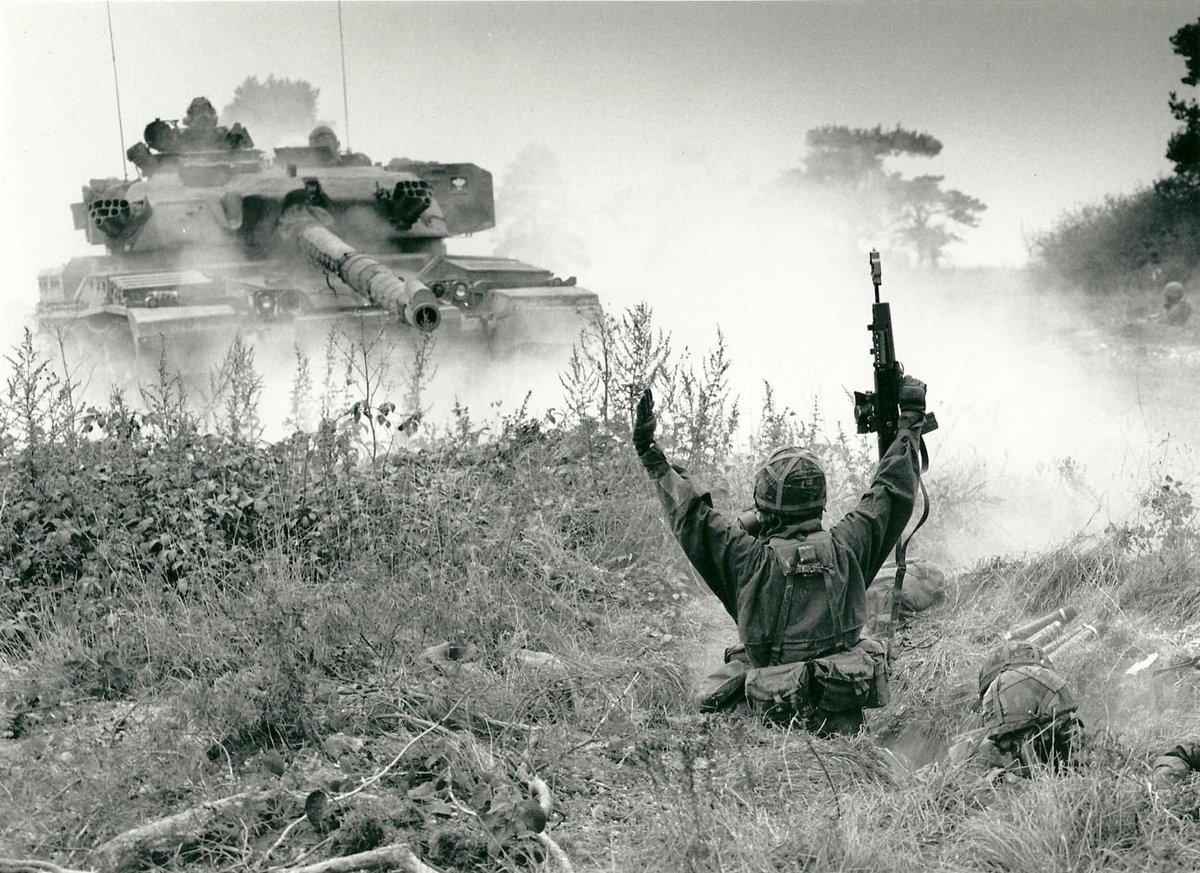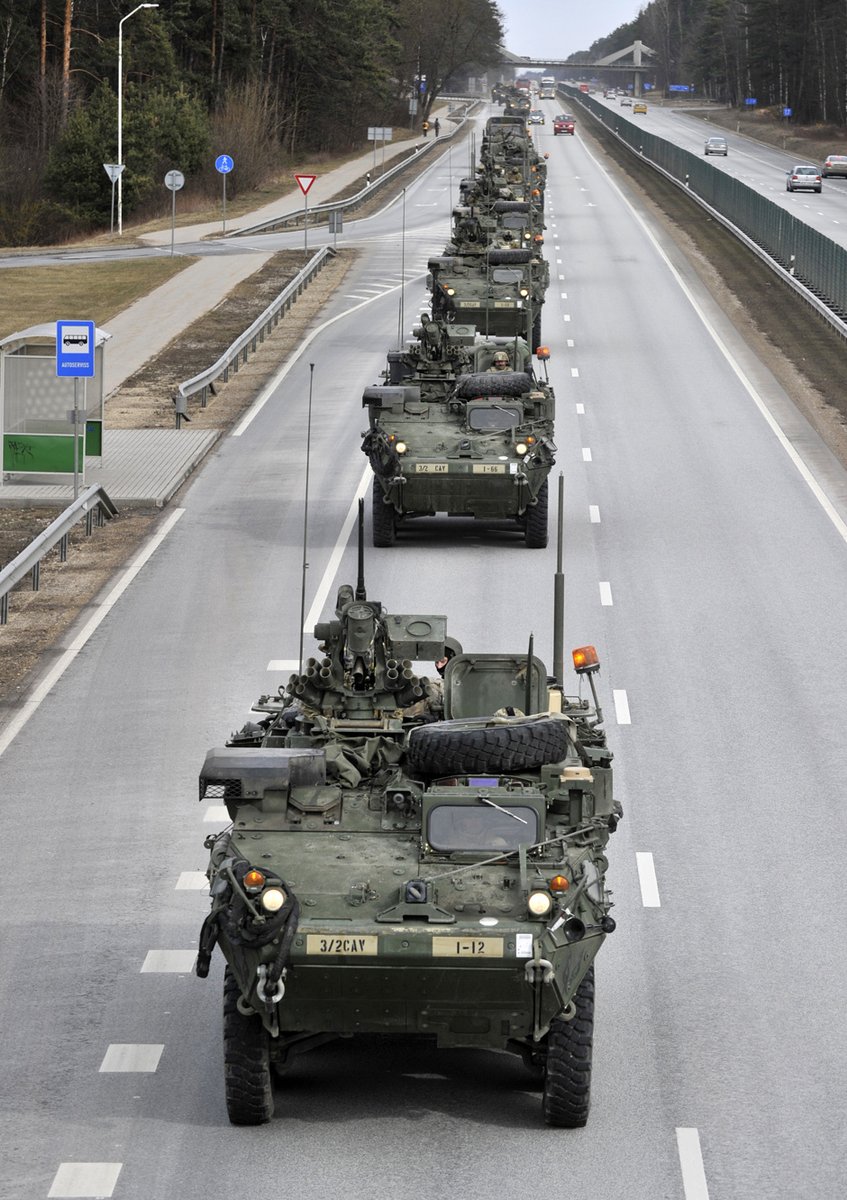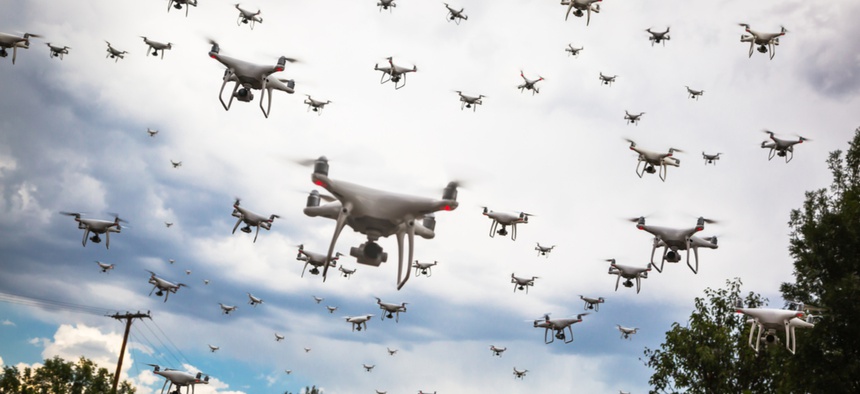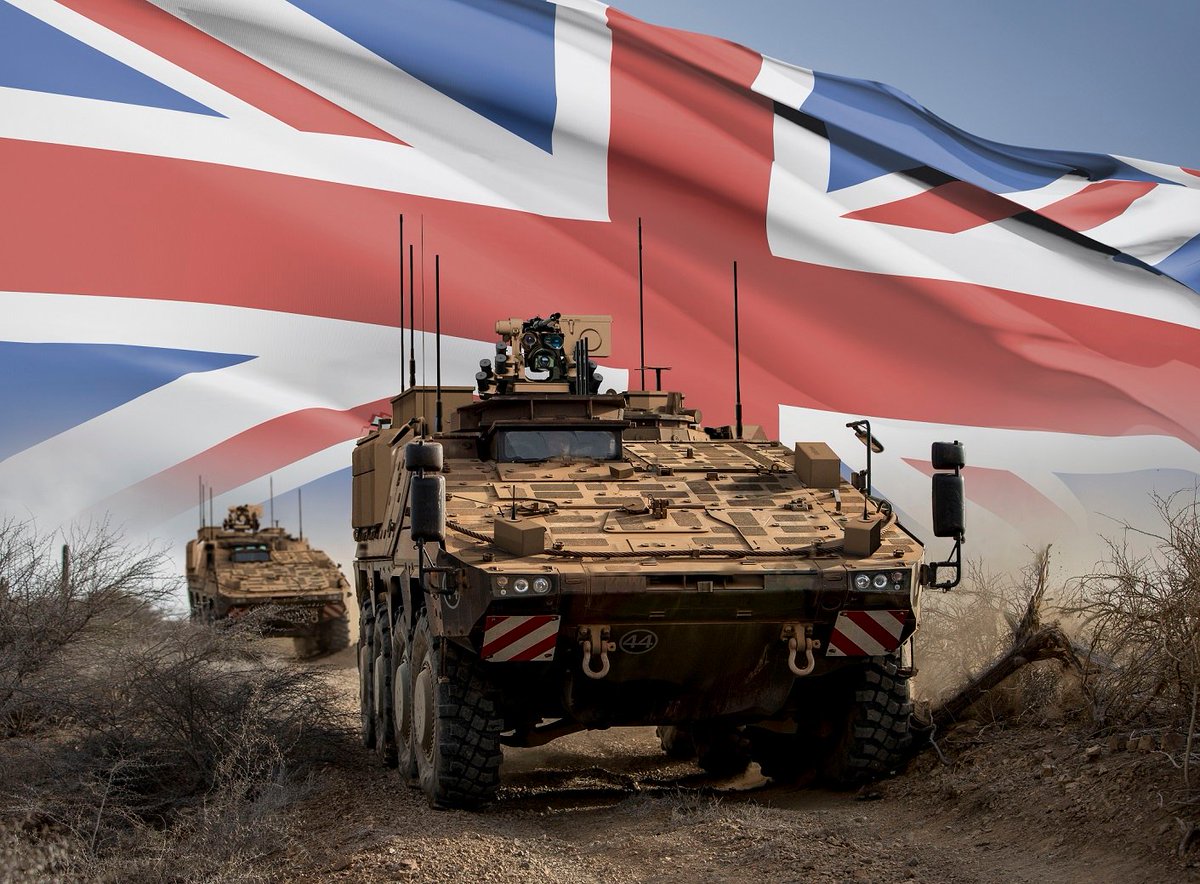THE ARMY - WHAT& #39;S IT FOR?
During a recent conversation with a senior serving Army officer I asked why so few people understand what the Army& #39;s role is? His response was: because the Army does anything and everything. This is right. It performs an endless array of tasks.
1/
During a recent conversation with a senior serving Army officer I asked why so few people understand what the Army& #39;s role is? His response was: because the Army does anything and everything. This is right. It performs an endless array of tasks.
1/
Although we rely on the Army to be a readily available source of disciplined and trained manpower, ultimately it needs to be focused around the UK& #39;s most essential defence commitments. So, what are these?
2/
2/
Our high-level commitments translate into several levels of engagement based on intensity. These lead to half a dozen specific tasks based on existential threats.
3/
3/
While the threats listed above undoubtedly represent a risk to UK security, the most likely scenario is the one that no one imagined, the threat that springs out of nowhere and unfolds with surprising speed and severity. This implies a need for balanced and adaptable forces.
4/
4/
Therefore, it may be easier to think of Army roles in terms of low, medium and high intensity deployments. Of these, high-end war fighting versus peer adversaries is particularly important. If it is ready for this type of role it can easily adapt for low intensity tasks.
5/
5/
But the opposite is not true. Being able to perform low intensity missions, does not mean an army can automatically switch to high intensity ones, because it takes considerable time and resources to build high-end capabilities.
6/
6/
While the US Army can resource multiple tasks, the British Army& #39;s strategic aspirations are limited by its budget. Rather than trying to perform multiple roles badly, we may be better off resourcing fewer, more focused tasks and performing them to a higher standard.
7/
7/
In any event, the British Army needs to be relevant and credible while being affordable and sustainable. So, where do we place our modernisation bets in terms of investment and organisational re-design? These are questions that will be answered by the Integrated Review.
8/
8/
We asked these questions back in 2010, when the withdrawal from Afghanistan was anticipated. Deciding what we wanted the Army to be was important because modernisation had become paramount. Yet, here we are, 10 years later and the Army& #39;s future is still in a state of flux.
9/
9/
In particular, none of the Army& #39;s FIVE flagship vehicle programmes has delivered yet. That& #39;s 10 years to renew the Army& #39;s combat vehicle fleet - a period of time longer than WW2. In the meantime, the average age of the fleet is 40 years plus.
10/
10/
But the aim of this thread is not to point fingers or ask why. I& #39;ll let someone else do that. What is scary is that we& #39;ve reached a point where, if we had to fight tonight, it& #39;s not clear how many fully capable units we could get out of the door. So we& #39;ve got to fix this.
11/
11/
Our allies have been clear. They want Britain to be capable of high-end war fighting so we can partner with them in Europe or elsewhere. Since we can& #39;t afford substantial numbers of forward-based troops outside the UK, the Army needs to be expeditionary by design.
12/
12/
It is also clear what capabilities this implies in terms of vehicles, artillery, ATGM, C4I, and UAVs. If the Army is to punch above its weight, it must invest in technology capable of giving it a competitive edge relative to its size.
13/
13/
So, there is huge pressure on those connected with the Integrated Review to facilitate change that enables the Army to become relevant & credible while being affordable & sustainable. Whatever the result, we can& #39;t be in the same position that we are today in 12 months time.
End/
End/

 Read on Twitter
Read on Twitter